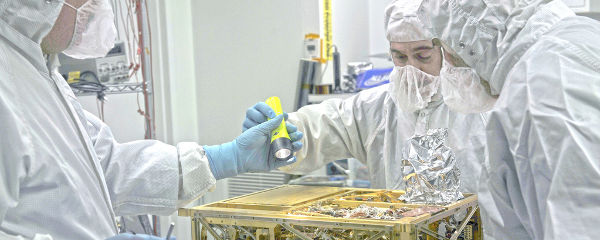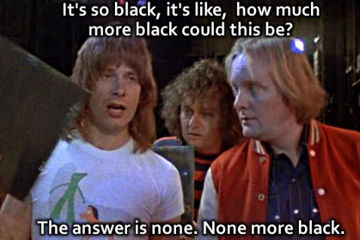What I’ve Learned:
“With optogenetics, you won’t just ‘see the light’. You’ll feel it.”
The brain is a pain in the ass, scientifically speaking. And scientific-researchly speaking, which is probably a real thing.
Studying the brain is unusually tricky. It’s a complicated organ with billions of cells, electrical signals whizzing everywhere and neurotransmitters getting passed back and forth like the last beer at a tailgate. You want “simple”, go study an appendix. The brain is not for you.
Also, the brain comes not-so-conveniently wrapped in a hard candy shell called a skull. To reach it, you’ve got to drill through bone — and then dig through brain, if the bit you’re after is in the middle. For decades, brain science was like trying to yank grapes out of Grandma’s Jell-O without breaking the mold. As any eight-year-old can tell you, that’s damned near impossible.
Then there’s the scale. Most organs you study with a microscope, or even a camera. Drop a miniature Nikon down (or up) someone’s gut and watch a day in the life of a colon unfold in real time.
Or slower, if your test subject is a big fan of fiber.
But the brain operates at millisecond speed. Blink, and you miss a million firing synapses, lighting up the cerebellum. And the cerebrum. And that other bit — the one for remembering numbers and science facts and what parts of brains are called. Mine doesn’t work, apparently.
How can scientists possibly get around all these problems? Enter optogenetics, which allows neurocowboys a new way to put eyes on the brain. Literally. (Almost.)
The ‘opto-‘ part of the name suggests light (or eye doctors), and refers to light-sensitive proteins — like those in our eyes’ rod and cone cells — found in species like fruit flies, algae and bacteria. These proteins react to specific wavelengths of light; by snipping out the DNA sequences coding them (hence the “-genetics”) and linking them to genes in test animals, scientists can set off signals in those animals’ brains — just by turning on a flashlight.
A very special kind of laboratory flashlight. Very wavelength. Much science. Wow.
Now researchers can trigger — and measure — brain events at the speed of light. They’ve even developed wireless versions of their flashy-light and brain-detect-o-matic devices, allowing them to study animals running free in the lab. Or “free” in a cage. But not attached by the forehead to an industrial science laser. Which is nice.
The techniques are fairly new, but have already changed the neurobiology game. Among other things, scientists have used optogenetic methods to implant false memories (and sexy thoughts) in fruit flies, flip-flop social behavior in mice, relax muscles in worms, break habits in rats and kill pain (again in mice) with a flash of light. Creepy Island of Doctor Moreau vibe aside, this research could someday have important applications in human medicine. Also, with all the flashing lights and artificial mind altering, the lab animals just think they’re at tiny adorable raves.
One final measure of the impact of optogenetics: In 2010, it was named scientific “Method of the Year”. Presumably, it beat out “stash your samples on ice overnight so you can duck out for Happy Hour”. For scientists, that’s a huge upset.




